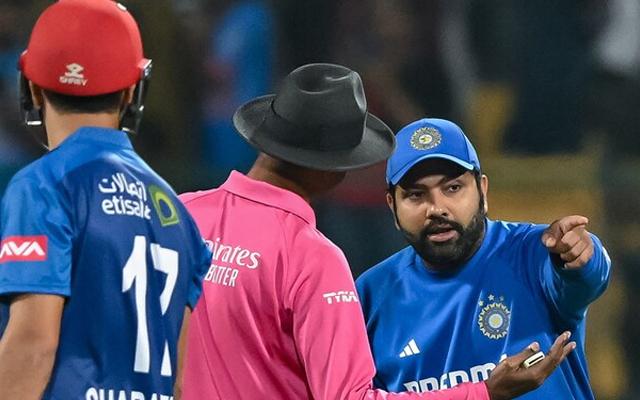Explained: Complete rules of Super Over after the dramatic India vs Afghanistan 3rd T20I
India vs Afghanistan 3rd T20I became the first match in international cricket to have two super overs.
View : 2.5K
3 Min Read


The third T20I between India and Afghanistan on Wednesday, January 17 at M.Chinnaswamy Stadium, Bengaluru made headlines as it became the first-ever international game to witness two super overs. Notably, after the action-packed final of the ODI World Cup 2019 where England famously beat New Zealand by the ‘barest of all margins’ i.e. the boundary count, the International Cricket Council (ICC) brought changes in the super over rule.
Under the new rules, the two teams will have to play another super over if the first one ends in a tie which was the case in the third T20I as well where India and Afghanistan locked horns in another one-over eliminator after they tied the score on 17 in the first one. However, questions were raised about whether a third super-over would’ve been played or not if the two teams tied on the second instance as well.
Can there be a third super over?
Under the new playing conditions of the ICC, two teams will continue to play a super over until a clear winner is decided. Hence, the two teams will continue to play as many super-overs as possible until one of them surpasses the other team’s score or restricts the opposition to a lower total than what they scored.
Also Read: 'It was Ash-level thinking' - Rahul Dravid on Rohit Sharma's 'retired out' call during Super Over
Can the same bowler bowl the second Super Over?
Furthermore, the same bowler cannot bowl the second or the third super over as was the case in the India vs Afghanistan encounter. After bowling the first super over of the match, Afghanistan wanted Azmatullah Omarzai to bowl the second one as well.
However, their request wasn’t allowed by the on-field umpires and Fareed Ahmed had to bowl the second one. In the case of India as well, seamer Mukesh Kumar bowled the first super over while Ravi Bishnoi bowled the second one.
Which team bats first?
As per the rules, the team which batted first in the match, bats second in the super over. Furthermore, the team which batted first in the first super over will have to bat second in the second one and so on. The logic behind the rule could be to save time as the team that’s already batting will have their batters ready when the super over comes into play.
Can the same batter bat in the second super over?
According to the rules, a batter who’s not dismissed or has retired hurt in the first super over can be among the three listed players for the second one. However, if a batter gets dismissed or is retired out then he cannot bat in the second super over. However, Indian captain Rohit Sharma walked out to bat in the second super over against Afghanistan after retiring himself out. The moment became the talk of the town as people claimed it to be against the rule.
However, there’s no clarity yet whether Rohit retired himself out or got retired hurt during the first super over. The official confirmation is yet to be made on the incident.
Download Our App